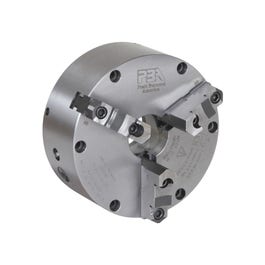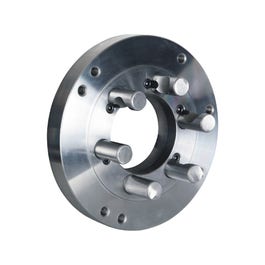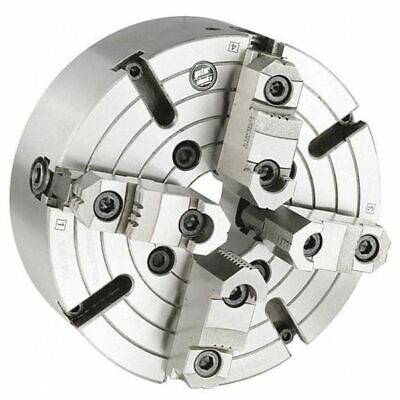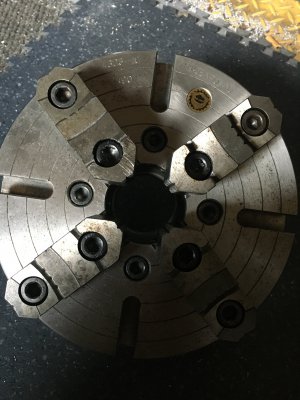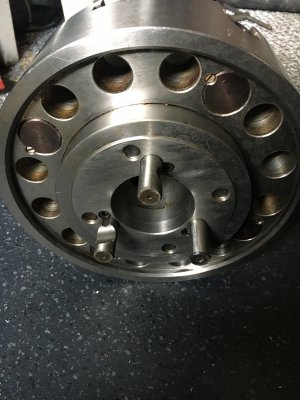- Joined
- Oct 24, 2013
- Messages
- 481
I must have been about 7 or 8 years old, I remember going with my dad to collect a South Bend No. 4207 4-jaw chuck. Dad bought it to DIY a Christmas Tree stand (I kid you not). I held on to it, and got a back-plate for it when I got my Grizzly 9x20 lathe. Yes, I run it on the 9x20 with success, albeit at low speeds. Has worked quite well for me time and again. There she is on the Griz 



